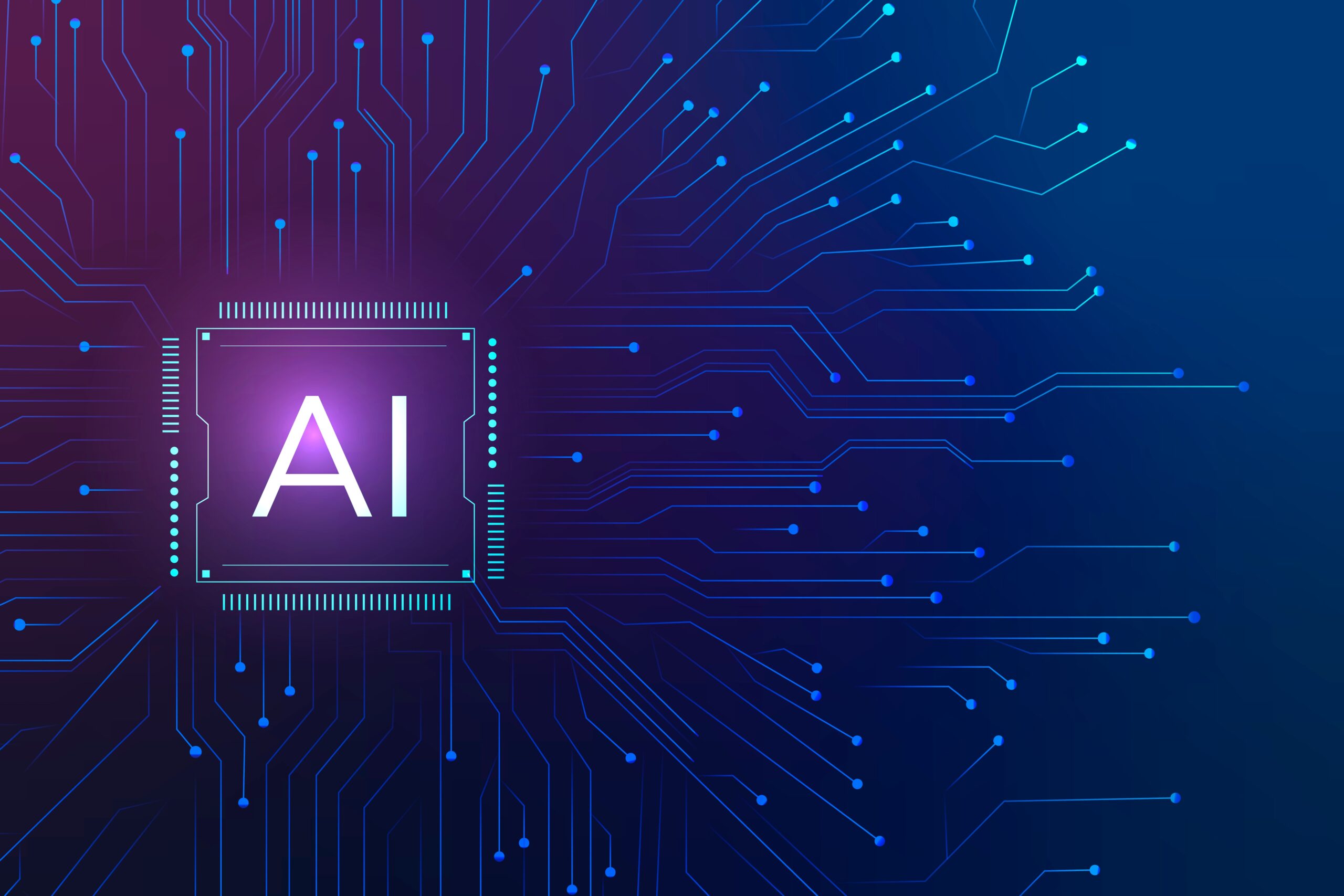In the rapidly evolving world of artificial intelligence, a powerful tug-of-war is playing out: Open Source AI vs. Big Tech AI Models. From Meta’s LLaMA and Mistral to OpenAI’s ChatGPT and Google’s Gemini, the battle for innovation, accessibility, and dominance is heating up in 2025.
But who’s actually winning? And what does this mean for developers, businesses, and society at large?
Let’s unpack the growing divide between open-source AI and proprietary systems, explore their strengths, and see who’s really pulling ahead in the AI arms race.
What Is Open Source AI?
Open source AI refers to machine learning models, datasets, and codebases made publicly available for anyone to use, modify, or build upon. These models prioritize transparency, community collaboration, and decentralized innovation.
Key Open Source Players:
- Meta’s LLaMA 3 (Large Language Model Meta AI) – Released in April 2024, with 8B and 70B parameter versions.
- Mistral AI – French startup delivering powerful, small models like Mistral 7B and Mixtral.
- Falcon by TII UAE – A high-performing open-source model released in 2023.
- OpenChat, GPT4All, and others – Community-led open-source efforts based on fine-tuning open weights.
These models can be downloaded, fine-tuned, and deployed without licensing restrictions—a huge advantage for researchers and companies looking for cost-effective, customizable AI.
What Are Big Tech AI Models?
Big Tech AI refers to models developed by companies like OpenAI, Google DeepMind, Anthropic, and Microsoft. These are often closed-source, proprietary models designed for commercial use at scale.
Leading Big Tech Models:
- OpenAI’s GPT-4o – A multimodal AI model that integrates text, audio, and vision (released in May 2024).
- Anthropic’s Claude 3.5 – Launched in mid-2024, it’s fast becoming a favorite among developers for its reasoning capabilities.
- Google’s Gemini 1.5 Pro – Offers a 1M+ token context window and strong performance across benchmarks.
- Microsoft’s Azure AI stack – Includes integration with OpenAI and their own proprietary offerings.
These models are often more capable out of the box, but they come with paywalls, data usage restrictions, and limited transparency.
Open Source AI: Pros and Cons
✅ Pros:
- Full transparency: Developers can inspect how the model works.
- Customizable: Organizations can fine-tune models for niche use cases.
- Cheaper to run: Once downloaded, these models avoid recurring API fees.
- Decentralized innovation: Open source encourages community experimentation.
❌ Cons:
- Resource-intensive: Running large models locally requires expensive hardware (e.g., high-end GPUs or TPU clusters).
- Security & bias concerns: Lack of oversight can lead to misuse or propagation of harmful content.
- Slower innovation pace: Without billions in funding, breakthroughs may lag behind Big Tech.
Big Tech AI: Pros and Cons
✅ Pros:
- Cutting-edge performance: Regular updates, multi-modal capabilities, and top-tier benchmark scores.
- Enterprise-grade: Better for plug-and-play applications, SaaS tools, and large-scale deployment.
- Multimodal capabilities: GPT-4o and Gemini 1.5 Pro integrate text, images, audio, and even video.
❌ Cons:
- Closed source: Users can’t see how the model works or audit its behavior.
- Expensive at scale: API usage can become costly, especially for startups.
- Vendor lock-in: Companies become dependent on a single provider’s ecosystem.
Performance Comparison (as of 2025)
| Model | Type | MMLU Score | Context Length | Key Strength |
| GPT-4o (OpenAI) | Proprietary | ~88% | 128K tokens | Multimodal + top-tier reasoning |
| Claude 3.5 Sonnet | Proprietary | ~87% | 200K tokens | Natural, safe language outputs |
| LLaMA 3 70B | Open Source | ~85% | 8K (extendable) | Highly customizable, open weights |
| Mistral Mixtral | Open Source | ~83% | 32K tokens | Lightweight, efficient inference |
| Gemini 1.5 Pro | Proprietary | ~86% | 1M tokens | Massive memory, excellent retrieval |
Source: LMSYS Chatbot Arena, Hugging Face Leaderboards, OpenAI documentation
Why Open Source Is Gaining Ground
Despite Big Tech’s dominance, open-source AI is catching up—and fast. In 2024 alone:
- LLaMA 3 rivaled GPT-4’s performance in many reasoning benchmarks.
- Mistral raised $640M to develop even more powerful open-source models.
- Hugging Face and EleutherAI have become innovation hubs for AI development.
Major companies like Databricks, Snowflake, and even Apple are incorporating open-source models into their stacks, citing better control and cost efficiency.
Big Tech Still Leads in Multimodal and Enterprise Use
While open source shines in flexibility, Big Tech leads in multimodality, scale, and tooling. GPT-4o, for example, can handle real-time audio and video—something no open-source model currently supports at the same level.
Large enterprises also prefer proprietary models for:
- SLAs (service-level agreements)
- Customer support
- Security & privacy certifications (e.g., HIPAA, SOC 2)
Who’s Winning the AI Race?
It’s not a one-winner-takes-all scenario. The race is becoming domain-specific:
| Use Case | Likely Winner |
| Academic research | Open Source |
| Enterprise SaaS | Big Tech |
| Developer experimentation | Open Source |
| Large-scale multimodal apps | Big Tech |
| Edge deployment / offline AI | Open Source |
Open-source AI is democratizing access and driving innovation, while Big Tech continues to lead in scale, polish, and enterprise-readiness.
The Future: A Hybrid AI Ecosystem
The most likely future isn’t one or the other—it’s both. We’re heading toward a hybrid ecosystem where:
- Open-source models power offline, secure, or budget-sensitive use cases.
- Big Tech APIs deliver enterprise-scale intelligence and multimodal experiences.
Expect to see more foundation models released with dual licenses, and fine-tuned open-source models optimized to work with proprietary APIs.
Final Thoughts
The race between open-source AI and Big Tech isn’t just technical—it’s philosophical. It’s about control vs. convenience, transparency vs. power, and collaboration vs. commercialization.
If you’re a startup, researcher, or tech enthusiast, now’s the perfect time to explore both worlds. The open-source movement is catching up fast—and might just be the check-and-balance the AI world needs.






